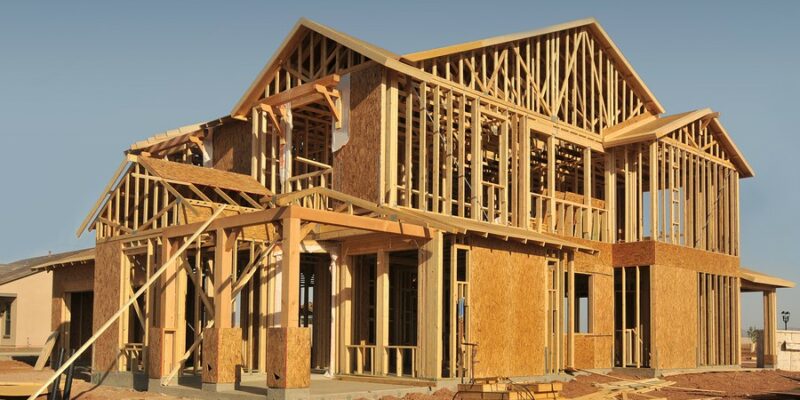Are you interested in building a home? It can be an exciting time planning your dream residence, but many are surprised when the actual process comes to life. You’ll soon discover that it requires strict attention to detail and can be somewhat time-consuming.
While many stages happen during construction, there are a few that tend to be a bit more critical than others. Below you’ll learn what these stages are and why they’re essential.
5 Critical Home Construction Stages
The Planning
As the first step in home construction, it’s one of the most vital. Without a plan, you’ll find it very difficult to know what type of home you’ll want and whether it works on the terrain.
During this phase, you’ll need to contact an architect. They’ll listen to your ideas and draft a plan. You can adjust this. An architect might show that certain ideas are impossible based on the home’s location or structural requirements.
Once you determine the proper architectural draft, this will help a construction firm select the best foundation. However, if you don’t have the correct type, your home could run into serious issues. This is why it’s essential to ensure that you spend time meticulously making a draft.
The Framing
After the foundation is laid and set, the framing process will start. This will create the bones of your home and what will keep it securely in place.
How the framing is done will depend on the material you’ve chosen. A traditional wood-frame home uses premade sections lifted and set into the foundation. Then, depending on its composition, the frame will be secured into the foundation with bolts or concrete screws.
But if the home is made of insulated concrete forms (ICFs), the process will be slightly different. First, a foam mold with steel reinforcement bars will be placed around the edges to apply ICFs. This will then be filled with concrete. The process will continue until all the interior and exterior walls are complete. However, keep in mind that, unlike wood frames, ICFs can be a bit temperamental when setting, especially in frigid weather. Because of this, ICF construction in Grant County, IN, might need to wait a few weeks for temperatures to warm up before the project can be completed.
Interior Systems, Drywall, and Roofing
The next stage will be to fix the house with wires, pipes, and similar systems when the framing is done. A specialized technician will insert pipes or wires through the wood beams for a wood-frame home. They might need to drill small holes into pieces to help the pipes or wires flow better. After these have been correctly put in, workers will start to drywall over them.
For ICFs, small sections will be chiseled out. Wires will be pushed through, and outlets will cover the cut-out area. Pipes will also be installed around the edges of ICFs.
During this time, shingles will start to be placed on the roof. First, though, large plywood boards will be laid across it to create a flat barrier. Once this is secured, tar paper or roll roofing will be stapled on the barrier. The shingles will then be carefully nailed in place.
Flooring and Cabinetry
When the basic home structure has been installed and covered, the next step will be to add flooring and cabinets.
A header joist will be installed on the foundation for floors to lift the flooring gently. Once in place, a few more joists will be included around the edges and then topped with a plywood subfloor. The chosen flooring will then be laid across it.
Cabinets are a bit simpler to install. After the drywall has been added, the cabinets will be secured with heavy-duty screws. However, the installer must first locate the wall stud to avoid accidentally drilling it.
Final Decor
The last stage, and arguably the most exciting, is when personal touches are added to the home. This includes installing bathroom tiles, kitchen appliances, and lighting. Workers might also apply trim and other decorative details depending on the homeowner’s wishes.
The final construction stage doesn’t just apply to the interior, though. As the process comes to an end, the exterior will be given focus. This could include adding a driveway, sidewalk, and lamp posts. Depending on the home’s design, shutters and window boxes might also be installed.
Every home construction stage is important, but some stand out more than others. If you’re interested in having a home built or just curious about the process, consider the information above. It will help guide you through the most critical stages and what to expect during them.













Comments